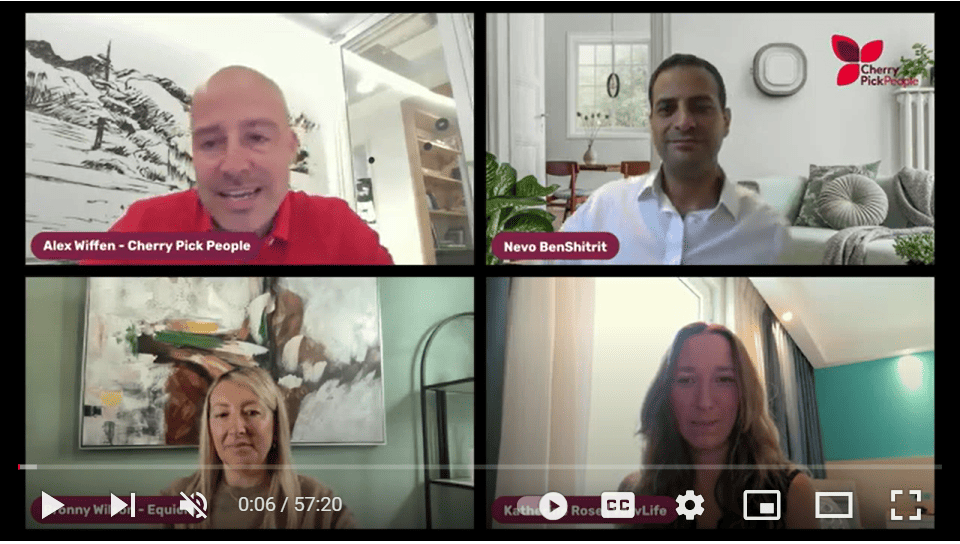In a thought-provoking Webinar on AI’s impact and future roles, our speakers highlighted key aspects shaping the employment landscape:
Productivity Surge: The consensus emphasised AI’s role in boosting workplace productivity, inviting professionals to harness technology for efficiency gains.
Addressing Job Displacement Fears: Acknowledging concerns about job displacement, participants advocated an informed and proactive approach, urging individuals to understand and leverage AI technologies rather than fear them.
Upskilling Imperative: A resounding theme was the urgency of upskilling to align with the evolving demands of industries affected by automation. The focus was on acquiring skills that complement AI capabilities.
Human Skills Amplified: As AI assumes routine tasks, the discussion underscored the enduring value of uniquely human attributes such as emotional intelligence and interpersonal communication. These skills are considered pivotal in a technology-driven future.
Real-world Problem Solvers: The conversation concluded with a call to action, encouraging active engagement with AI to address global challenges. Industries like construction were specifically mentioned, highlighting AI as a tool for meaningful contributions.
This illuminating discussion provides a roadmap for individuals to navigate the evolving employment landscape, emphasising collaboration with AI, proactive upskilling, and leveraging uniquely human qualities to thrive in the workforce of the future.

Our Director, Alex Wiffen Wiffen, will lead the conversation alongside these industry experts:
🔹 Alain Waha ha, CTO at Buro Happold
🔹 Serge van Dam am, Director at Cogo
🔹 Gaby Weidlich dlich, CEO at FutureRatio
We hope you find the discussion engaging and insightful! If you would ever be interested in joining us as a panellist, please feel free to book a time into Alex’s diary to discuss – https://calendly.com/alex-wiffen/quick-chat



















